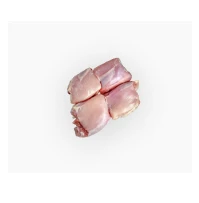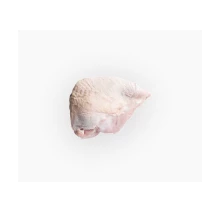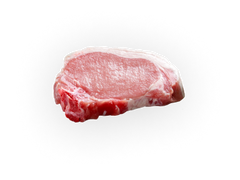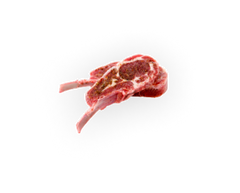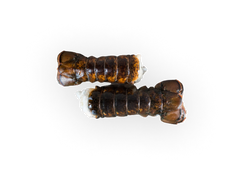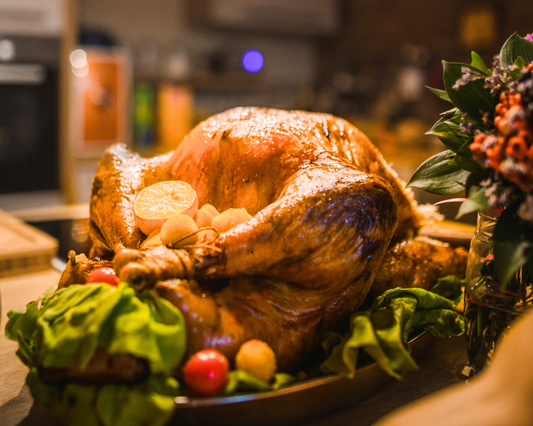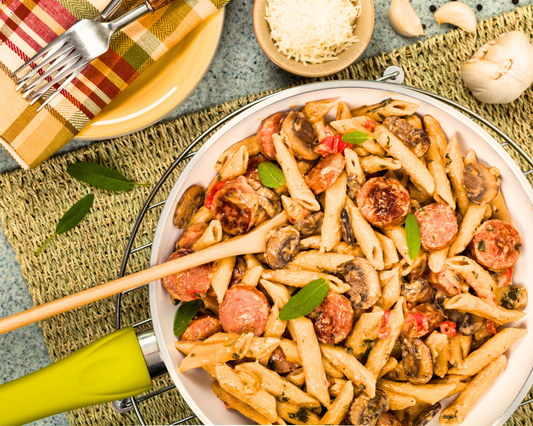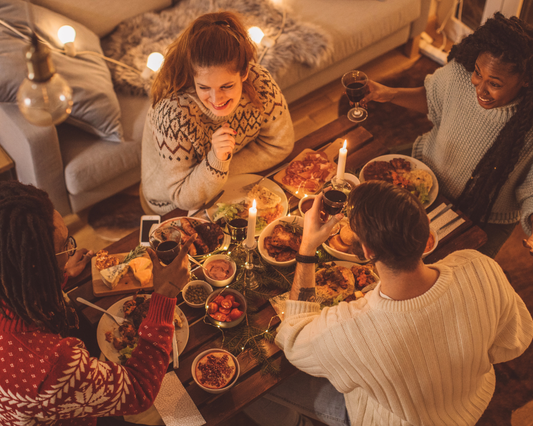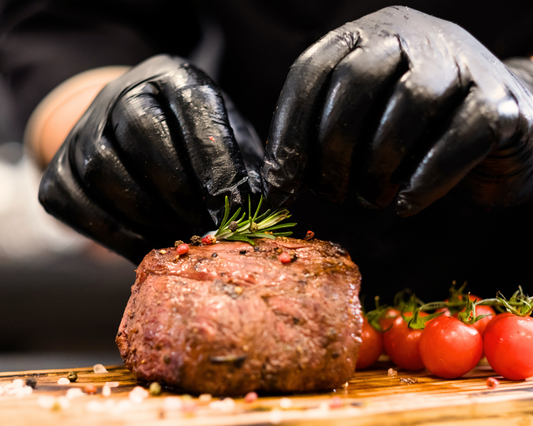Sous vide cooking has taken the culinary world by storm over the last decade—and for good reason. Originally used in professional kitchens, sous vide is now a popular technique among home cooks in Canada looking to prepare meat with restaurant-quality results. If you've ever struggled with overcooked steaks or dry chicken breasts, sous vide might just be your new best friend.
In this guide, we’ll walk you through the basics of cooking meats sous vide, including essential tools, step-by-step instructions, and some easy recipe ideas to get you started.
What Is Sous Vide?
Sous vide (pronounced “soo-veed”) is a French term meaning “under vacuum.” In this cooking method, food is vacuum-sealed in a plastic pouch and cooked in a water bath at a precisely controlled temperature. This low-and-slow approach ensures perfect doneness every time.
Because the water never exceeds the target temperature, it’s virtually impossible to overcook your meat. The result? Juicy, tender, evenly cooked dishes without any guesswork.
Essential Equipment for Sous Vide Cooking
You don’t need a fancy kitchen to cook sous vide at home. Here’s what you’ll need:
1. Immersion Circulator
This is the heart of sous vide cooking. It heats and circulates the water to maintain a stable temperature. Brands like Anova and Breville’s Joule are popular in Canada and widely available online and in kitchen supply stores.
2. Container or Pot
You can use any large pot or heat-safe plastic container to hold the water bath.
3. Vacuum Sealer or Zip-Top Bags
While a vacuum sealer offers the best results, a regular freezer-grade zip-top bag works fine using the water displacement method: seal the bag almost completely, submerge it slowly in water to push the air out, and close it tightly.
4. Meat Thermometer (Optional)
Not essential, but handy for verifying temperatures when searing or double-checking doneness.
5. Heavy Pan or Grill for Searing
A cast iron skillet or hot grill is perfect for finishing meats with a flavourful crust.
How to Cook Meat Sous Vide: Step-by-Step
Here’s how to cook meat sous vide from start to finish:
Step 1: Season and Seal
Season your meat generously with salt, pepper, herbs, garlic, or a marinade. Place it in a vacuum-sealed or zip-top bag. Add aromatics like rosemary, thyme, or lemon slices if desired.
Step 2: Set Your Temperature
Attach your immersion circulator to your water container and set the temperature based on the meat and your preferred doneness. (More on temps below.)
Step 3: Cook in Water Bath
Submerge the sealed bag in the preheated water bath. Cook for the recommended time based on thickness and type of meat.
Step 4: Sear to Finish
Once cooked, remove the meat from the bag and pat it dry with paper towels. Sear it in a hot pan with a bit of oil or butter for 1–2 minutes per side to create a golden-brown crust.
Step 5: Rest and Serve
Let your meat rest briefly, then slice and serve!
Recommended Temperatures & Times for Common Meats
| Meat | Doneness | Temp (°C) | Time Range |
|---|---|---|---|
| Steak | Medium-rare | 54.5°C | 1–3 hours |
| Medium | 57°C | 1–3 hours | |
| Chicken Breast | Juicy & safe | 64°C | 1.5–4 hours |
| Chicken Thighs | Tender | 74°C | 1.5–6 hours |
| Pork Chops | Tender & juicy | 60°C | 1–4 hours |
| Pork Shoulder | Pulled | 74–85°C | 12–24 hours |
| Lamb Rack | Medium-rare | 54.5°C | 2–4 hours |
| Salmon | Silky | 50°C | 30–45 minutes |
Note: The longer you cook (within the recommended range), the more tender the meat becomes—without losing moisture.
Recipe Ideas to Try at Home
Here are some classic and creative meat recipes to get started with your sous vide journey.
🍖 1. Perfect Sous Vide Ribeye Steak
Ingredients:
-
1 ribeye steak (1–1.5 inches thick)
-
Salt and pepper
-
Fresh thyme or rosemary
-
1 garlic clove, smashed
-
1 tbsp butter
Instructions:
-
Season steak with salt and pepper. Add herbs and garlic to the bag.
-
Cook at 54.5°C for 1.5 to 2 hours for medium-rare.
-
Remove, pat dry, and sear in a cast iron skillet with butter for 1–2 minutes per side.
-
Rest and slice.
Pro tip: Finish with a sprinkle of flaky sea salt for texture.
🍗 2. Juicy Chicken Breasts with Lemon & Herbs
Ingredients:
-
2 boneless, skinless chicken breasts
-
Salt, pepper
-
1 tsp olive oil
-
Lemon slices
-
Fresh parsley or thyme
Instructions:
-
Season and bag the chicken with lemon and herbs.
-
Cook at 64°C for 1.5 hours.
-
Sear in a pan for a golden crust or serve directly in salads or wraps.
Serving idea: Slice and serve over quinoa with a light vinaigrette.
🐷 3. Tender Pulled Pork Shoulder
Ingredients:
-
1.5–2 kg pork shoulder
-
2 tbsp brown sugar
-
1 tbsp smoked paprika
-
1 tbsp garlic powder
-
1 tsp salt
-
1 tsp black pepper
Instructions:
-
Rub the pork with seasonings and seal in a bag.
-
Cook at 74°C for 24 hours.
-
Shred, mix with BBQ sauce, and serve on buns or over rice.
Canadian twist: Try maple BBQ sauce for a sweet-smoky finish.
🐟 4. Butter-Poached Salmon
Ingredients:
-
2 salmon fillets (skin removed)
-
2 tbsp butter
-
Dill or tarragon
-
Lemon zest
-
Salt
Instructions:
-
Place salmon in a bag with butter, herbs, and lemon zest.
-
Cook at 50°C for 45 minutes.
-
Serve with steamed vegetables and wild rice.
Result: Silky, buttery salmon that melts in your mouth.
Why Canadians Love Sous Vide
Canada’s seasonal diversity makes sous vide a great option for consistent indoor cooking year-round. Whether it’s the dead of winter in Calgary or a rainy day in Vancouver, sous vide lets you cook meat to perfection without worrying about the grill or oven.
It’s also ideal for meal prep: you can batch-cook meats, chill or freeze them, and reheat gently without overcooking.
Final Tips for Sous Vide Success
-
Don’t skip the sear: That final crust adds essential flavour and texture.
-
Use quality meat: Sous vide enhances natural flavours, so start with the best you can find.
-
Label your bags: If batch cooking, mark the date and contents before freezing.
-
Dry meat before searing: Moisture interferes with browning—use paper towels liberally.
Sous vide might seem high-tech, but it’s one of the easiest and most forgiving cooking methods out there. With just a few tools and a little planning, you’ll be enjoying tender steaks, juicy chicken, and fall-apart pork like a pro. Whether you're hosting a summer BBQ or meal-prepping for the week, sous vide cooking is a fantastic way to elevate your home kitchen game—Canadian style.
Good news is that Farm2Fork meats are packaged ready for sous vide!!!

